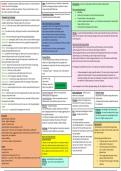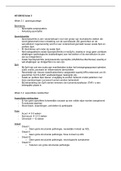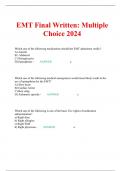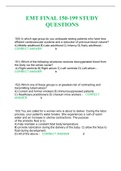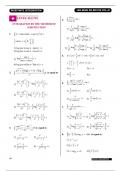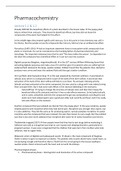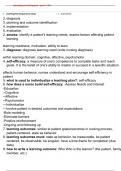Summary
A-Level Media Newspapers Summary Sheet
- Module
- Newspapers
- Institution
- PEARSON (PEARSON)
This summary poster contains everything needed for A-Level media newspapers! It includes codes and conventions of a newspaper, broadsheet and tabloid, key terminology, theory (Curran and Seaton), ideology, intertextuality, representation, newsworthiness, horizontal and vertical integration and more...
[Show more]
